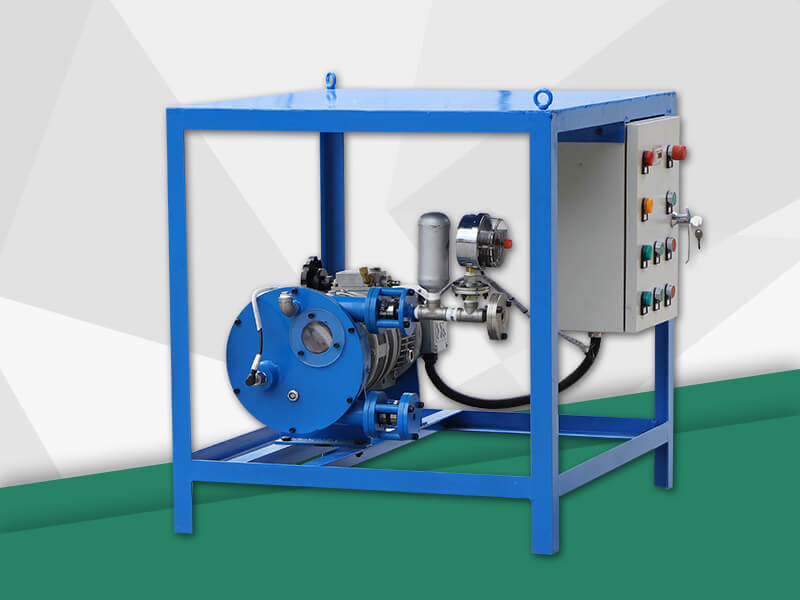Gaode Equipment Co., Ltd. is an industrial hose pump manufacturer specializing in R & D, production and sales. We strictly control the quality of the entire industrial hose pump and have passed ISO9001: 2008, CE and SGS certification. We can customize durable industrial hose squeeze pumps according to customer requirements.
In the process of selecting a industrial hose pump, the following aspects are mainly considered.
1. Fully understand the media situation. Different media have different pH values and different corrosivity. Choose the right hose and nozzle sleeve based on chemical performance control.
2. Understand the operation of the industrial hose pump. industrial hose pumps are divided into intermittent operation and continuous operation. Stopping for more than one hour for one hour is intermittent operation. Stopping for one hour or one hour or less is continuous operation. Continuous running of rubber hoses accelerates fatigue, so running time can help us understand hose life or have the opportunity to choose a smaller pump type.
3. Consider the temperature of the medium. Running at high temperatures can accelerate hose fatigue and aging. As the temperature rises, the speed of the industrial hose pump decreases. Therefore, in the process of selecting the industrial hose pump, the temperature limit of the different materials and hoses is also one of the factors considered. Table 1 shows the hose temperature limits of different materials. .
4. Select according to the flow of the industrial hose pump. The flow of a industrial hose pump depends on the capacity of the hose, the speed of the pump and the working environment. Of course, we can choose several types of pumps for the same flow, so we must consider some user factors, such as the relationship between initial investment and long-term operating costs.
5. The pressure and flow of the customer are exactly matched with the actual situation. The flow can set the rotation speed of the pump, set the pump pressure (up to 16 bar) according to customer needs, and then select the type of pump to determine the net power and installed power.
6. Length of inlet and outlet pipes, viscosity of liquid. This information determines the driving force and friction losses. This information can also be used to determine if an auxiliary vacuum is needed, thus affecting the choice of pump.
7. Material of nozzle joint. Sanitary 316 stainless steel is usually used. PP and PVDF are also available. Flange standards DN16, ANSI, JIS.Zh
In order to recommend your suitable model, please tell us the following information so we can provide a quotation:
1. What kind of project are you working on? Which material do you pump?
2. What is the output (flow rate) and pressure (or delivery distance) you need?
3. What is your local voltage? Is it also three-phase 380v, 50hz?










